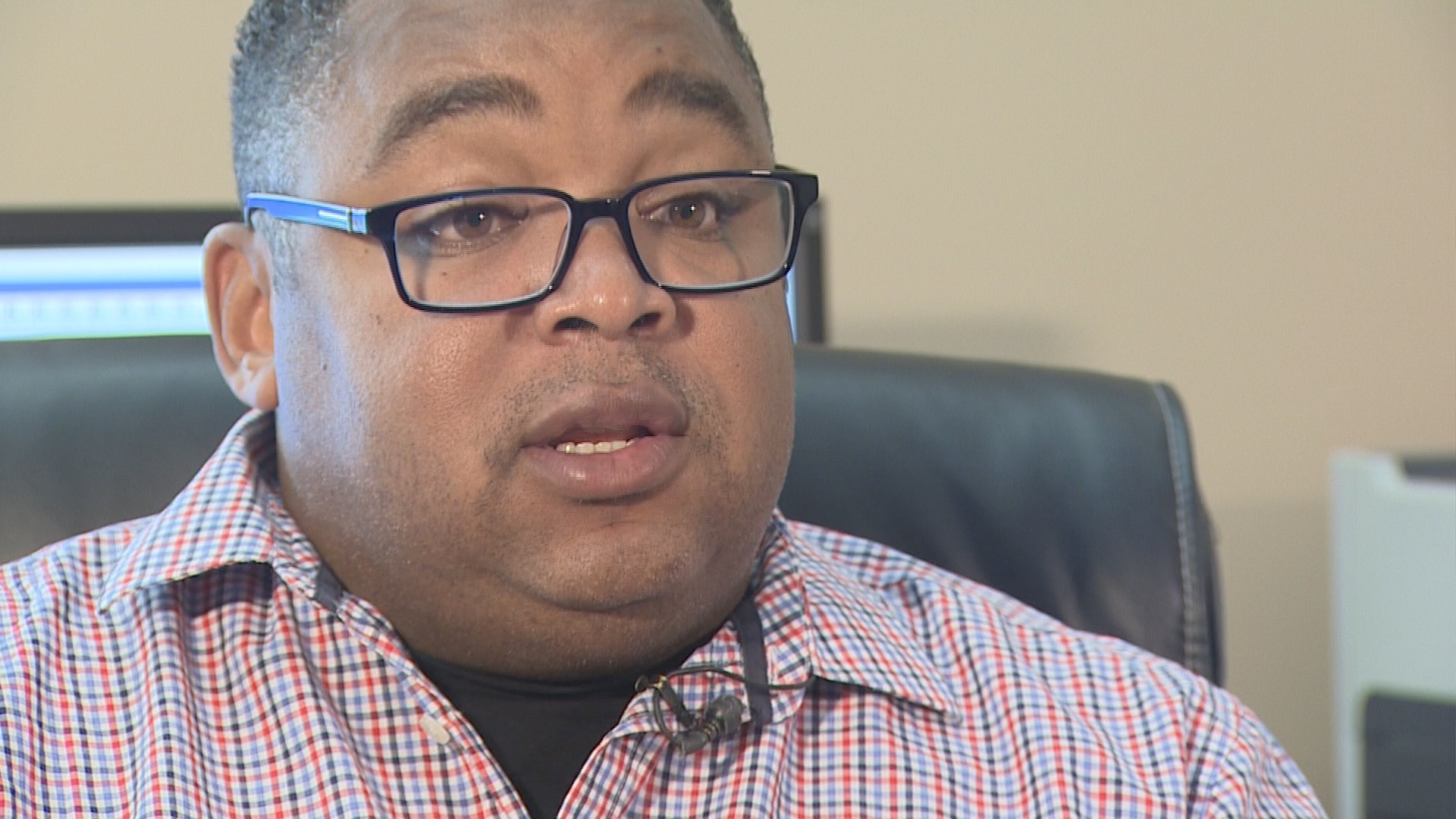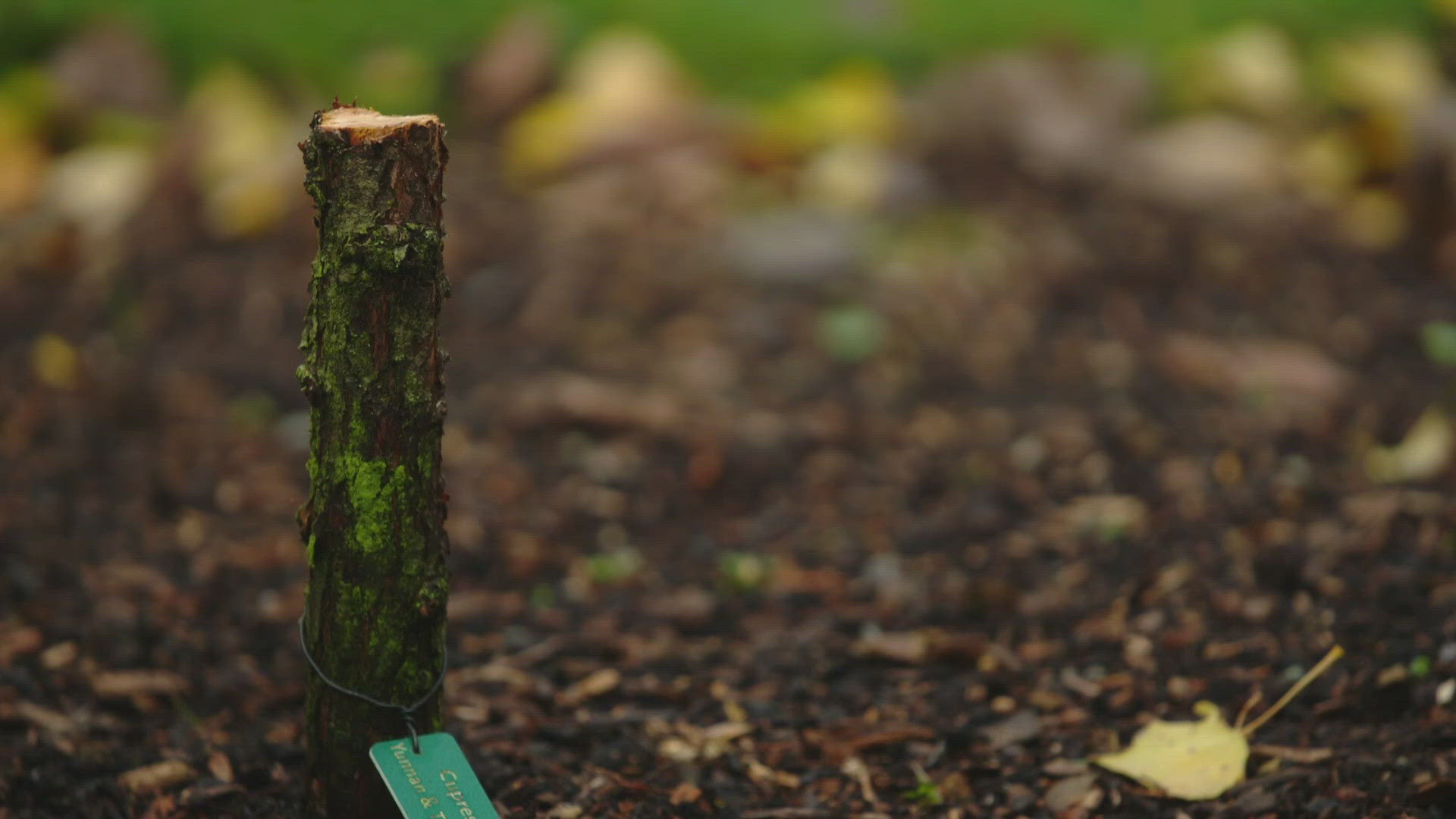In the wake of the Seattle police shooting of a young mother, the police officers' union hopes to shed some light on the officers and their training, in particular, how they're trained to deal with a knife-wielding suspect.
Seattle Police Officers' Guild President Kevin Stuckey says both officers involved in the shooting of Charleena Lyles have received more than a half-dozen death threats since the shooting.
Stuckey has spoken to both of them. He's said they're very upset about the shooting and they have to undergo a mental evaluation before they are allowed to return to work.
Many people have asked why Officers Jason Anderson or Steven McNew fired their weapons on Charleena Lyles, a petite mother of four who was reportedly wielding a knife.
Stuckey personally sat in on Anderson's interrogation with the Force Investigation Team. He said Anderson had both a baton and pepper spray on him. But to use either of them on a knife wielding suspect would have been violating department policy.
"You are supposed to meet deadly force with deadly force," said Stuckey. "If someone pulls a knife out on you, your mindset is that you're going to get cut. But you got to stop the threat, and you're going to use whatever force necessary to stop the threat. And there are times when to stop that threat, you are going to use deadly force."
Stuckey points out that Seattle police officers are trained to have two officers for backup if they're going to use what they call "less than lethal force."
"If I'm going to use my taser, baton, or pepper spray, then someone needs to be standing by with a lethal option in case that less than lethal doesn't work," he said.
The third officer is needed to go "hands on" with a suspect to cuff them once they're down.
Stuckey said he understands the uproar over the shooting. But he questions whether the court and mental health system failed Lyles, who struggled with mental illness.
As an African American officer, he also understands the sense of racial injustice.
"White officers shoot black female," he said. He gets it.
All of that aside, no matter how small or slight a suspect may be, training teaches them that a knife-wielding person can cross 21 feet in the time it takes for an officer pull a gun.
"It takes two and a half seconds to break leather on your firearm, pull it up and get it on target," said Stuckey. "And that's seconds with someone with a knife who is already moving. So it's a difficult decision but it's one that has to be made. Because at that point in time, a life is going to be taken."


